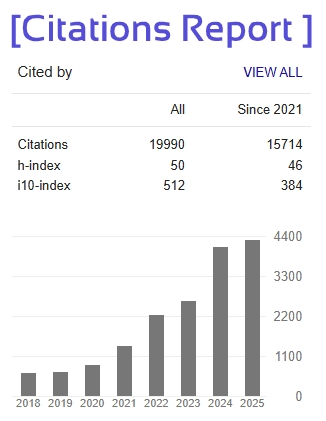Development of an AI/ML-Based Solution for Detection of Face-Swap Deepfake Images
1st Mohammed Eisa
Dept. of Computer Science & Engineering (AI & ML)
Presidency University, Bengaluru, Karnataka
2nd Vidhul V
Dept. of Computer Science & Engineering (AI & ML)
Presidency University, Bengaluru, Karnataka
3rd Shaik Fawaz Ali
Dept. of Computer Science & Engineering (AI & ML)
Presidency University, Bengaluru, Karnataka
4th Kiran Kumar V
Dept. of Computer Science & Engineering (AI & ML)
Presidency University, Bengaluru, Karnataka
---------------------------------------------------------------------***---------------------------------------------------------------------
Abstract – Deepfakes – synthetic images or videos generated by AI – have become increasingly realistic, raising serious concerns about misinformation and identity fraud. This paper presents an AI/ML-based detection framework specifically targeting face-swap deepfake images. We employ a Vision Transformer (ViT) model, fine-tuned on a curated dataset of real and fake face images. Key preprocessing steps include face detection, resizing to 224×224 pixels, normalization, and data augmentation (flips, rotations, zooms) to improve generalization. The pre-trained ViT (trained on ImageNet [4]) is adapted via transfer learning to classify images as real or fake. In experiments, the ViT detector achieved high accuracy (96.58% on fake images, 99.83% on real images) and strong precision/recall, indicating effective identification of subtle manipulation artifacts. A Flask-based web interface provides a user-friendly deployment: users upload an image and receive real-time, color-coded results (green for real, red for fake) with confidence scores. This system demonstrates a practical, high-performance solution for detecting face-swap deepfakes, contributing to efforts to curb digital misinformation. Future work will extend the model to multimodal inputs (e.g., video, audio) and improve robustness against adversarial attacks.
Keywords: Deepfake detection, face-swap, Vision Transformer, transfer learning, data augmentation, image analysis.







